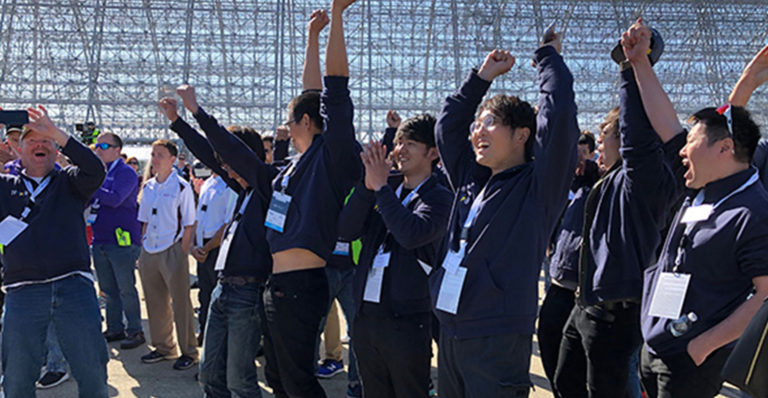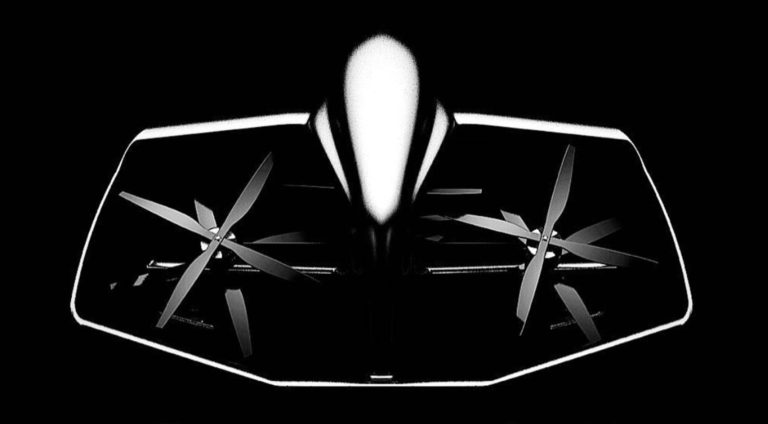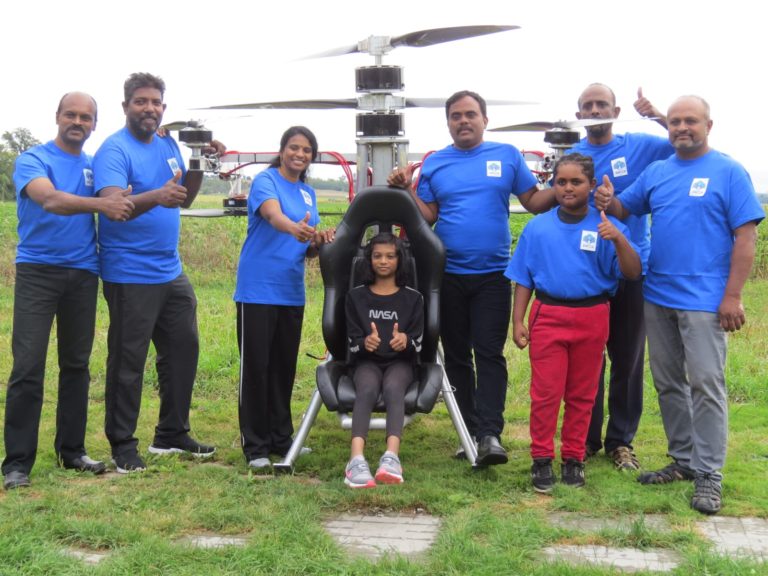Editor’s Note: We’re excited to introduce you to the innovative, bold, and talented individuals competing in GoFly. Our teams come from all over the world, shaped by their diverse backgrounds and unique life experiences. We can’t wait to see what they’ll build, but in the meantime, get to know the people behind the devices.
Team ZEVA’s design for the GoFly Prize challenge began the same way so many other great ideas are born—as a sketch on a napkin. Colleagues Stephen Tibbitts and Ben Gould were working on a different project together when the proverbial sketch came together over lunch and now, Tibbitts and his team of 14 are on their way to building a personal flying device called the Zero.
Receiving his private pilot’s license opened Tibbitts’ eyes to the need for a personal eVTOL device as a more convenient and sustainable means of transportation, and he has been working on bringing his vision to life ever since.
Read on to learn more about Tibbitts and what triggered his passion for building!
What’s your earliest memory associated with flight?
I’m not sure if my first memory was the drogue parachute I found or the cardboard wings I strapped to my back, running down a hill as fast as I could, just trying to get a little air.
What excites you about GoFly?
GoFly is an amazing catalyst for small-scale aviation development. I look forward to seeing inventive solutions and technologies that will be brought to light because of GoFly.
What does the world look like after you create your flying device? How do you think you will change the world?
Electric cars are amazing, but electric aircraft will be even more amazing. In a small way, we will help reduce carbon in the planet’s atmosphere. Hopefully, it will also help re-energize interest among young people and drive them to get involved in aviation, lower stress levels for commuters, and provide a fun recreational platform.
What is your biggest challenge in the GoFly Prize competition currently? How do you plan to overcome it?
Energy density is our biggest challenge. There are many innovative ideas for battery technologies out there, but most are not in large-scale production yet. For the time being, we plan to use modular battery packs that can be swapped out for higher density cells when they become available.
When did you become interested in aviation and building aircraft?
In the early 2000s, I obtained my private pilot’s license. Through that process, I learned that general aviation was in decline due to many factors, including the demise of small airports. Without these airports, general aviation aircraft are no longer a practical means of transportation because you can’t get to where you need to go. After thinking about this problem extensively, the only logical conclusion was VTOL, and since I have experience in electrical, it has to be eVTOL. So, I started working on an eVTOL scale model and eventually submitted a grant application to NASA to start building this design.
What were some of your favorite courses in school?
Physics, engineering and design. And for anyone interested in aviation and aerodynamics, getting your private pilot’s license is very important. It teaches you the many aspects of flight.
What’s the best piece of advice you’ve ever received from a mentor?
My dad, Dale A. Tibbitts, told me: “Listen and then just start doing it. Adjust your course along the way.”
Want to see your team featured in a Q&A as well? Fill out our questionnaire to get started!









